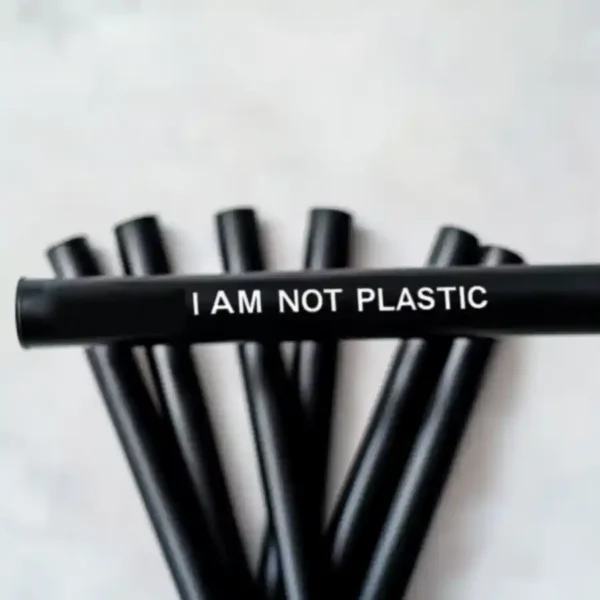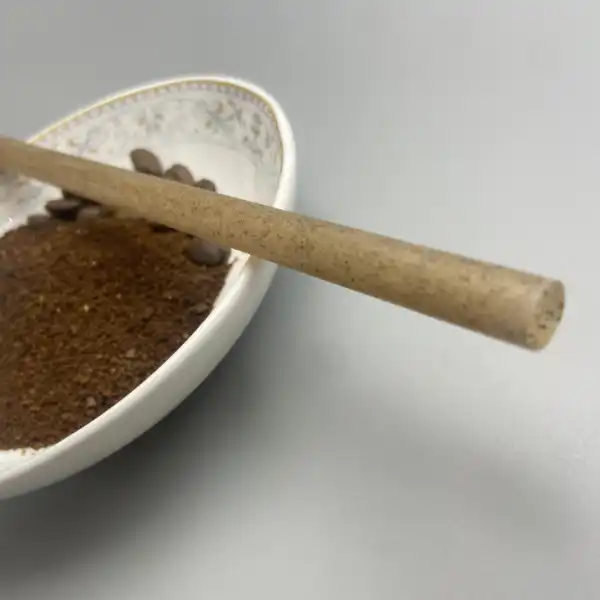The Economic Benefits of Switching to Compostable Straws
With global pressure to adopt sustainable practices, compostable straws offer businesses a smart financial move. Beyond reducing plastic waste, they deliver long-term savings, regulatory compliance, and enhanced customer loyalty. This guide explores how switching to eco-friendly straws like sugarcane and PLA can boost profitability.

Why Compostable Straws Are a Smart Investment
Cost Savings from Waste Reduction
The U.S. discards over 500 million plastic straws daily, driving up waste management costs. Compostable straws, like those made from sugarcane bagasse, decompose in 3-6 months, cutting landfill fees by up to 20%. A mid-sized café chain saw this reduction after switching, proving the financial upside (2023 Green Business Report).
Regulatory Compliance and Incentives
With bans like the EU’s Single-Use Plastics Directive and fees in cities like Seattle, compostable straws help avoid penalties and tap into tax credits in 31 U.S. states (2024 EcoTax Guide).
Boosting Brand Loyalty
67% of consumers prefer sustainable brands, and 88% of diners return to eco-friendly restaurants (2023 Nielsen Report). Switching can lift sales by 12-15% through enhanced brand appeal.
Key Compostable Straw Materials
Choose the right material for cost and performance:
| Material | Cost/Unit | Durability | Compost Time | Home Compost |
|---|---|---|---|---|
| Plastic | $0.01 | High | 500+ years | No |
| Sugarcane | $0.02-0.03 | 8+ hrs | 3-6 months | Yes |
| PLA | $0.04-0.06 | 4-6 hrs | 6-12 weeks | No |
| Paper | $0.02 | 1-2 hrs | 2-6 weeks | Yes |
Sugarcane Bagasse Straws
Affordable at $0.02-0.03/unit, durable for 8+ hours, and compostable at home.
PLA Straws
Pricier at $0.04-0.06/unit, offering plastic-like texture for premium markets, but requiring industrial composting.

Actionable Steps for Businesses
Maximize economic benefits with these strategies:
- Analyze Costs: Use tools like UrthPact’s ROI calculator to weigh savings.
- Source Smart: Partner with ASTM D6400-certified suppliers like Renouvo.
- Market It: Highlight your switch on social media and signage.
- Buy in Bulk: Reduce costs 30-40% with orders over 50K units.
- Check Composting: Verify local facilities via BioCycle.

Overcoming Challenges
Durability
Modern sugarcane straws withstand 185°F, outlasting paper alternatives.
Cost
Higher upfront costs are offset by waste savings and brand gains.
Availability
80% of U.S. states have composting facilities for these straws.

About the Author
Max Jiang, Sustainability Expert at NatureBioEco, has over 10 years of experience in eco-friendly solutions.
Frequently Asked Questions
Are compostable straws more expensive than plastic?
Yes, upfront ($0.02-0.06 vs $0.01), but waste savings offset costs by 20-30%.
Do compostable straws work in hot drinks?
Yes, sugarcane straws handle up to 185°F without softening.
Where can I buy certified compostable straws?
Suppliers like Renouvo and EQUO offer ASTM D6400-certified options.
How do compostable straws save money?
They cut waste fees by 20% and tap into tax credits in 31 U.S. states.
Why do they boost customer loyalty?
67% of consumers prefer sustainable brands, lifting repeat visits by 88%.







